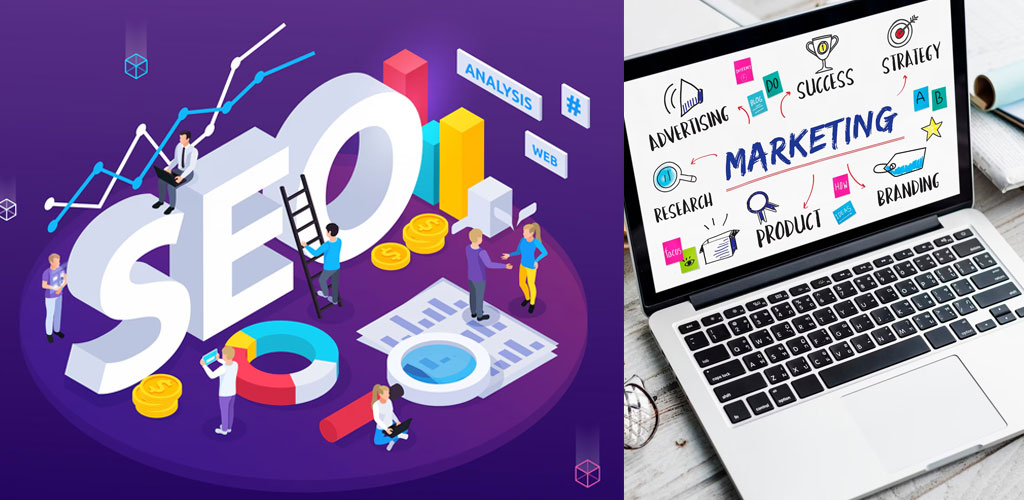For years, organic search through Google has been the main way people find answers online. Whether it’s shopping, learning, or solving a problem, we’ve all typed our queries into that familiar search bar. But recently, a new player has been making waves—ChatGPT. The rise of AI chatbots is beginning to reshape how people search for and consume information, and the data shows that ChatGPT’s traffic is coming close to rivaling organic search engagement.
The Shift in How People Search
Search engines have always been about typing keywords and scanning through a list of results. But ChatGPT changes this behavior. Instead of digging through pages of links, users can now ask a complete question and receive a clear, conversational response instantly. This “direct answer” approach is appealing to people who don’t want to waste time sorting through search results.
Over the past year, ChatGPT’s traffic has seen exponential growth. Millions of users now rely on it daily for answers, research, creative writing, coding help, and even product recommendations. This isn’t just a trend—it’s a shift in user behavior.
Why Users Are Choosing ChatGPT
Several factors explain why ChatGPT is stealing some attention from traditional search:
1. Convenience: The conversation feels natural, like asking a knowledgeable friend.
2. Depth of response: Instead of links, users get summarized, ready-to-use answers.
3. Speed: Information is delivered instantly without ads or distractions.
4. Versatility: Beyond answering questions, ChatGPT can draft emails, write code, and generate creative ideas.
This combination makes it more than just a search alternative—it’s a productivity tool.
What the Data Suggests
Recent data reveals that time spent on ChatGPT is starting to mirror the engagement levels seen on organic search platforms. For example, users aren’t just opening ChatGPT for quick queries; they’re sticking around, asking follow-up questions, and using it for extended tasks.
The longer engagement time indicates that people see value in having a continuous conversation rather than jumping between different search results. In fact, many businesses and professionals are already experimenting with replacing part of their Google searches with ChatGPT prompts.
What This Means for Businesses and Marketers
If users continue shifting toward ChatGPT, businesses may need to rethink their online visibility strategies. Traditionally, SEO (Search Engine Optimization) has been about ranking higher on Google. But in the AI-driven future, being “discoverable” might also mean optimizing for AI tools.
Imagine a customer asking ChatGPT for the best digital marketing agency or the most reliable online store. The AI’s response could soon carry the same weight as a Google search result. That means brands will need to consider how AI tools perceive their credibility and online presence.
The Future of Search and AI
While Google is still the leader in global search traffic, it’s clear that AI chatbots like ChatGPT are rewriting the rules. Instead of competing head-on, the future may see a blend of both worlds—where search engines integrate AI-driven conversations to keep up with changing user expectations.
The bottom line is this: search as we know it is evolving. ChatGPT isn’t replacing Google overnight, but its rapid rise proves that people want faster, smarter, and more interactive ways to find answers online. For businesses, staying ahead of this shift could make the difference between being seen—or being left behind.










